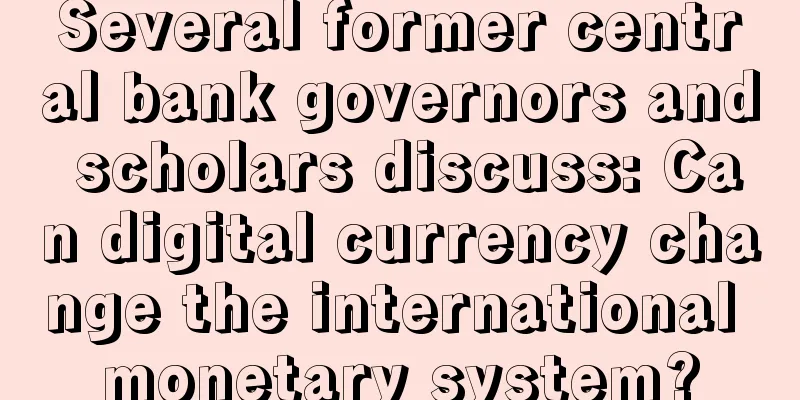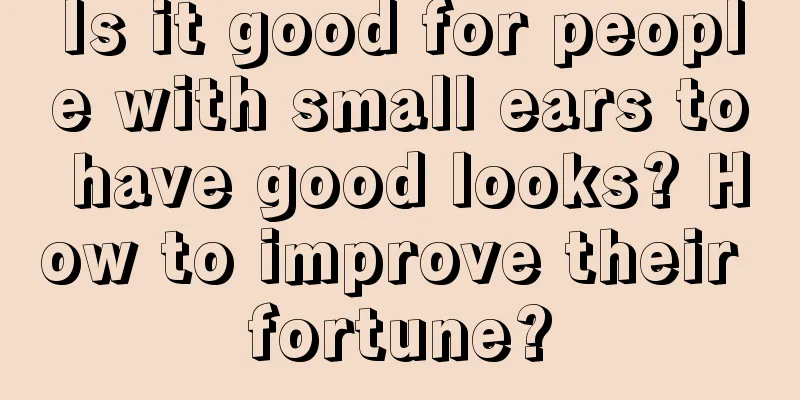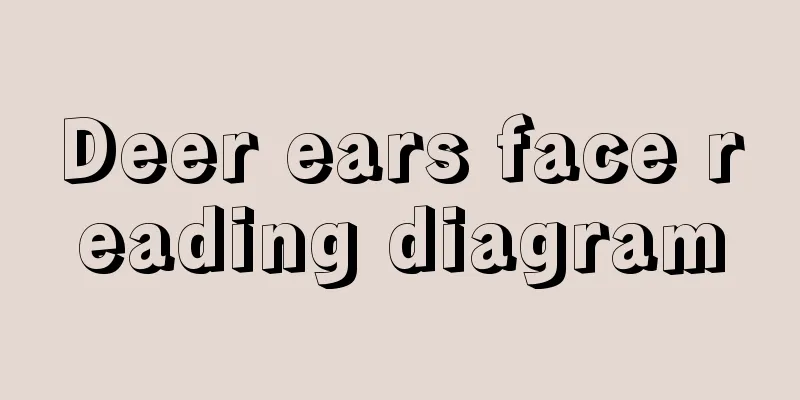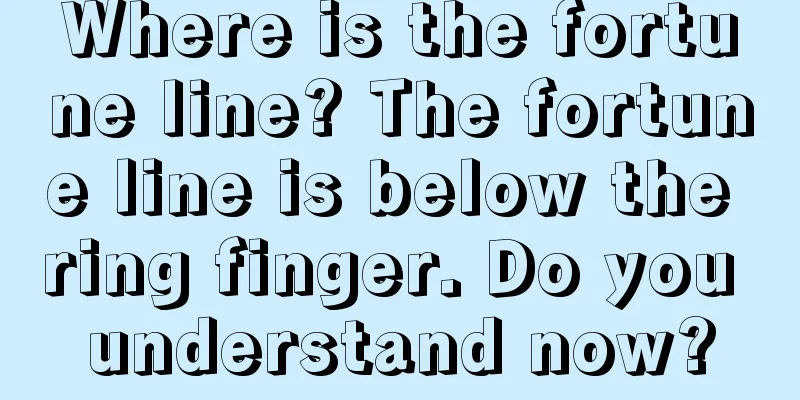|
The connection between digital technology and the future of national monetary policy systems and the international monetary system has attracted much attention from the market.
On October 22, the third Bund Financial Summit hosted by the China Finance 40 Forum (CF40) was held in Shanghai. Many participants discussed the impact of digital currency on monetary policy and the monetary system.
Jean-Claude Trichet, former president of the European Central Bank, said that there are two concepts of currency that is issued without strict supervision by reliable institutions. Among them, virtual currency belongs to the category of counterfeit currency; while crypto tokens belong to the category of speculative assets. Trichet believes that Bitcoin is a speculative asset and does not have the various characteristics that a reliable currency should have. Therefore, it is necessary to use technologies such as blockchain through reliable institutions such as banks.
Wei Shangjin, a tenured professor at Columbia University in the United States, said that the current approaches taken by countries to deal with cryptocurrencies can be divided into two categories: some countries choose to completely ban digital currencies issued by the private sector and prohibit them from circulating in the market as substitutes for national currencies; while other countries are considering launching or even launching their own central bank digital currencies.
Will the central bank digital currency issued by the state become an important form of currency that dominates in the future? Will this prospect affect the shape of the international monetary system?
Masaaki Shirakawa, former governor of the Bank of Japan, said that many currencies for large-scale payments have been digitized in form, and only cash has not yet been digitized. Considering the volume ratio of small payments to large payments, the rise of digital currencies itself cannot fundamentally change the form of the international monetary system.
Masaaki Shirakawa also said that it is unlikely to achieve such a revolutionary scenario as a global small-value payment market within 10 to 20 years. The characteristics of small-value payment behavior determine that it is difficult to achieve a truly global small-value payment market. For example, in terms of cash payment, the transaction payment environment varies greatly from country to country. The transformation process of small-value payment forms reflects the transformation of the society behind it. In each country, the large-value payment system has formed a unique ecosystem. This ecosystem has both advantages and disadvantages. If it leaves the global monetary system, it is unlikely that the digital global currency will fundamentally change the global small-value payment system.
Yu Yongding, a member of the Chinese Academy of Social Sciences, also said that the Chinese government is also very cautious in its consideration of digital currency. Although the People's Bank of China has issued a small amount of digital currency, it is only experimental. And it will not link this move with issues such as the internationalization of the RMB. In China, digital payment systems are now flourishing everywhere, and everyone uses Alipay and WeChat Pay, but there is still a long way to go before digital currency is widely recognized and used. In any case, it is better to be cautious.
Barry Eichengreen, professor of economics at the University of California, Berkeley, said that central bank digital currencies are coming, and the People's Bank of China is a pioneer. However, in the foreseeable future, central bank digital currencies will not change the structure and operation of the existing international monetary system.
"If the central bank's digital currency is to be used for cross-border international transactions, the interchangeability of various currencies must be guaranteed, and each currency needs to run on the same blockchain. Who will manage this blockchain? Alternatively, another set of infrastructure can be set up to allow central bank digital currencies running on different blockchains to use this infrastructure for exchange. Then who will manage this separate infrastructure?" Eichengreen said that the scenario of 120 central banks reaching a consensus on infrastructure architecture and management methods on the same blockchain is far-fetched. (The Paper) |










